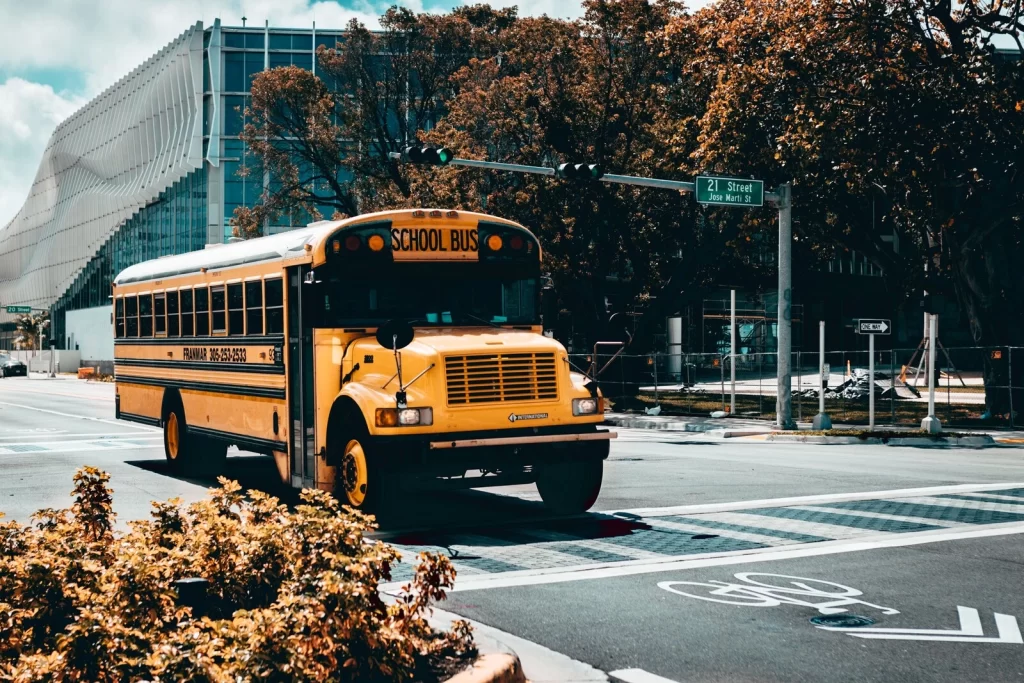According to Ritu Narayanfounder and executive director of Zummore than 26 million children in United States travel in school bus on a daily basis, converting the student transportation in the transport system The largest mass transit system in the country, surpassing even the number of daily air travelers.
However, the 90% of these buses run on diesel fuel, emitting approximately 8.4 million metric tons of greenhouse gas emissions per year and negatively affecting the health of students, especially those in rural and low-income communities.
In response to this problem, the U.S. government has invested heavily in promoting the adoption of electric school buses. The announcement made by the Joint Energy and Transportation Office on January 9, 2024 revealed that 280 school districts will receive nearly $1 billion to implement clean school buses. Despite that, only 2.5% of existing school bus fleets have committed to electrification so far.
The transition to electric school buses will not only benefit health and the environment, but will also have a positive impact on the economy and students' academic performance, says Narayan.
The use of advanced technology, such as the route optimization software implemented by Zum, significantly reduces students' travel time, allowing them to devote more time to their studies and extracurricular activities, he notes.
"For example, before working with Zum, more than 70% of school bus routes in Oakland, California, took more than an hour. After a year of using Zum's software, that figure has been reduced to 10%. A shorter morning and afternoon commute leaves more time for studying and extracurricular activities and leads to better academic performance," he stresses.
Moreover, the electrification of school bus fleets brings additional benefits, such as pollution and traffic reduction, as well as job creation in the electric vehicle manufacturing sector.
On the other hand, the implementation of vehicle-to-grid charging technology (V2G) turns bus yards into virtual power plants, contributing to the resilience of cities' energy infrastructure.
Ritu Narayan stresses that Zum has led this change by working with school districts to fully electrify their bus fleets. Currently, they already have electric buses on the road in San Francisco and are in the process of transition in Oakland.
It is vitally important to promote at the federal, state, and local levels the benefits of the electrified school transportation to drive greater adoption and domestic manufacturing of electric buseshe says.
While the Biden Administration has taken important steps in this direction, Narayan emphasizes that more action is still needed to promote a complete transition to sustainable school transportation.
Only with a concerted effort by leaders at all levels will a significant change in the country's transportation infrastructure be achieved, with benefits for health, the environment and the economy, he says.
Source: World Economic Forum


